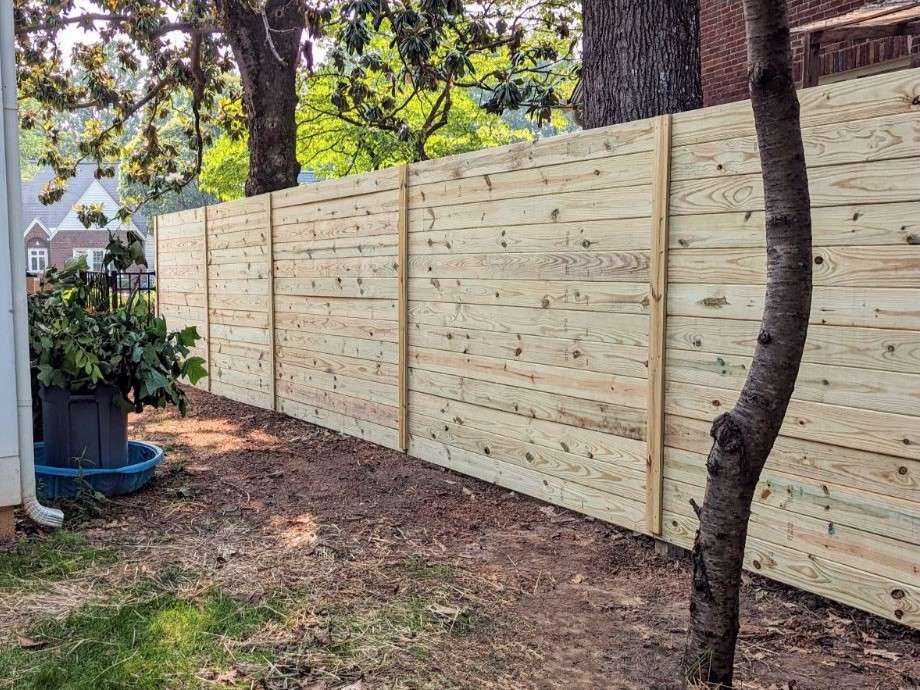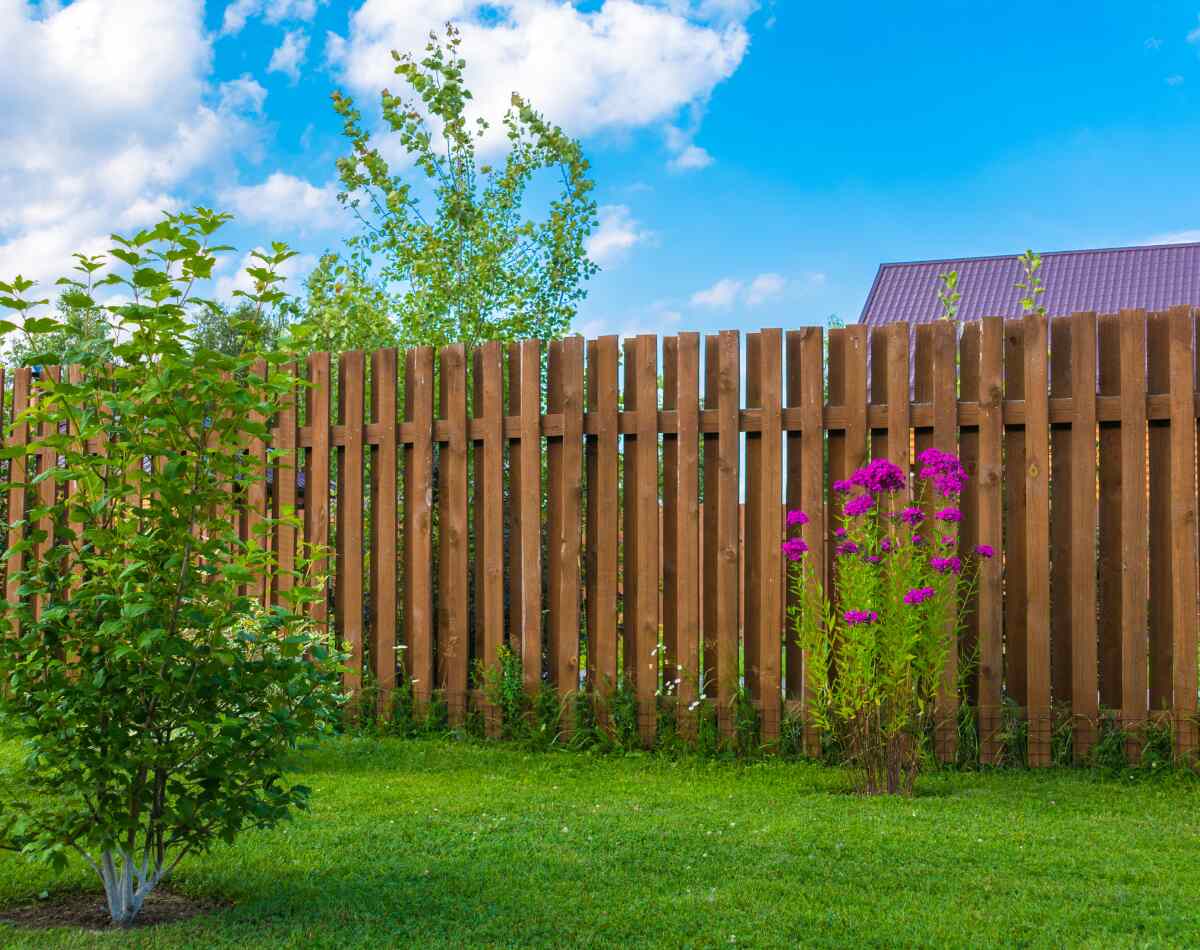All Categories
Featured

When thinking about mounting a fencing on your residential or commercial property, one of the most essential actions is to comprehend whether you require a permit. The details licenses called for can vary depending on your area, the type of fencing you prepare to mount, and the elevation or placement of the fencing.
Why You Need a Permit for a Fence Setup. A fencing license is needed to make sure that the installation fulfills neighborhood policies. The authorization process helps neighborhood authorities confirm that your fence does not interfere with website traffic visibility, regard your home lines, or break elevation restrictions. It likewise makes certain the security of the structure, so it doesn't pose a hazard to you, your neighbors, or the public. Installing a fence without a license can cause penalties, elimination of the fencing, or delays in building, so it's important to examine whether a license is called for prior to beginning your job.
Kinds Of Licenses You May Require. There are a couple of common kinds of licenses you could need for a fencing setup:
Structure License. A structure authorization is one of the most common authorization required for fencing setups. This authorization ensures that the fencing meets security standards and is built according to local building regulations. A building license is usually required if the fencing exceeds a particular elevation (usually 6 feet), is made of specific materials, or lies near a public walkway or road.
Zoning Authorization. A zoning permit may be called for to verify that your fence adheres to local zoning laws. Zoning policies can determine where a fencing can be positioned on your property, exactly how high it can be, and whether it is allowed in specific locations (such as along residential or commercial property lines or ahead yards) Some municipalities have laws restricting the height of fencings in the front backyard to make sure exposure for pedestrians and chauffeurs.

Obstacle Permit. You might require a problem authorization if you are building a fencing near your home line or close to a road. A setback refers to the distance a framework, including fences, should be from the home line. Problem guidelines differ by area, and making certain that your fence is placed correctly can stop problems with next-door neighbors and prevent violations.
House Owner Organization (HOA) Authorization. You might need authorization from them in enhancement to regional permits if you live in a community governed by a Property owner's Organization (HOA) HOA guidelines usually cover the sort of materials, elevation, style, and shade of fencings. Even if your local federal government does not call for a license, your HOA might still have details standards that require to be adhered to.
How to Request a Fence License. To get a fence permit, you'll need to call your local building department or preparation workplace. The application procedure typically entails submitting a form, paying a fee, and sending a site plan of your property that shows the recommended location of the fence. You might likewise require to include details concerning the materials, elevation, and layout of the fencing.
Sometimes, a regional authorities might require to evaluate your residential property prior to accepting the permit. When the permit is granted, you will be authorized to wage your fencing setup.
When Is a Permit Not Required? In certain scenarios, a permit might not be needed. These situations can include:
Low Elevation Fences: In lots of areas, fences that are below a specific height (commonly 3 to 4 feet) might not need an authorization, particularly if they are placed in the backyard or other non-visible locations.
Fencing Substitute: If you're replacing an existing fence with the same elevation and material, some locations might not require a brand-new license.
Non-Obtrusive Fences: Short-term or ornamental fencings, such as those utilized for gardening or landscaping functions, may not require licenses as long as they are not long-term and low.
Nonetheless, it's crucial to examine with your local zoning office or structure department, as laws can differ by territory.
Effects of Not Getting an Authorization. Failing to acquire the required authorizations can lead to significant repercussions. These consist of fines, forced removal of the fence, or even delays in construction. Furthermore, if your fence does not satisfy regional guidelines, you can deal with lawful problems with next-door neighbors or local authorities.

Conclusion. When setting up a fencing, it's vital to research the authorization needs in your location. By ensuring that you follow regional guidelines and obtain the essential authorizations, you can make sure and avoid expensive blunders that your fencing is legitimately compliant. Contact your neighborhood structure department, HOA, and zoning office to determine what permits are needed for your specific fencing task. This action is vital to protect both your investment and your property's value.
Latest Posts
Find Out Reduce Expenses on Car Maintenance with Montclare Auto Repair’s Limited-Time Deals
Published May 26, 25
1 min read
Uncover Oil Changes & More: Complete Services Guide from Montclare Auto Repair
Published May 25, 25
1 min read
Unlock Your Financial Partner at WyHy – Top Benefits for Your Money Goals
Published May 25, 25
1 min read
More
Latest Posts
Find Out Reduce Expenses on Car Maintenance with Montclare Auto Repair’s Limited-Time Deals
Published May 26, 25
1 min read
Uncover Oil Changes & More: Complete Services Guide from Montclare Auto Repair
Published May 25, 25
1 min read
Unlock Your Financial Partner at WyHy – Top Benefits for Your Money Goals
Published May 25, 25
1 min read